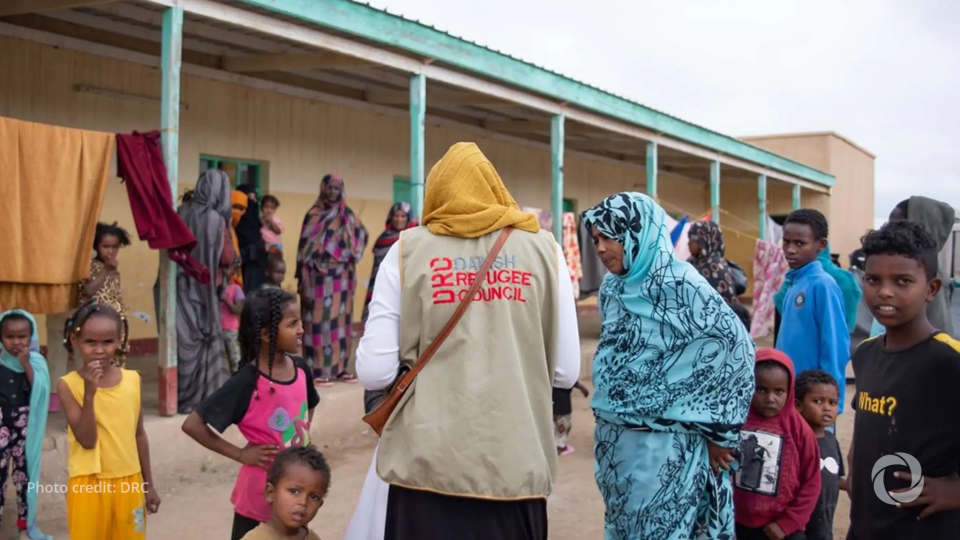Sudan’s escalating conflict will force another 2.1 million people from their homes by the end of 2026, adding to the 12 million already displaced in what has become the world’s largest displacement crisis, the Danish Refugee Council warned, according to a press release. The projection, based on DRC’s Global Displacement Forecast model developed with IBM, comes as Sudan enters its third year of war with half the population—25 million people—facing severe hunger and potential famine. Unexploded weapons now litter farmlands, roads, and markets, creating deadly hazards for civilians trying to return home or find food.
The twin crises of displacement and hunger are feeding each other in devastating ways. Two-thirds of Sudanese depend on farming for survival, but landmines and unexploded ordnance have turned agricultural areas into death traps. DRC documented cases of farmers killed by anti-personnel mines while heading to plant crops, a herder losing his hand after mistaking a grenade for scrap metal, and fishermen finding explosives in their nets. Even areas where fighting has stopped remain dangerous as families face life-or-death decisions with every step.
“It is tragic and heartbreaking to think that this conflict will drive even more people from their homes in search of safety, shelter, food, water and medicine,” said DRC Secretary General Charlotte Slente. “Civilians and families are broken and exhausted by two years of conflict that has made their lives a living hell.”
DRC has become the first international organization to begin clearing contaminated land since fighting began and is currently the only accredited international NGO conducting mine action in Sudan.
The organization reached 220,000 people with explosive ordnance education in 2024, but warns the contamination scale demands urgent international support for expanded mine clearance efforts.

